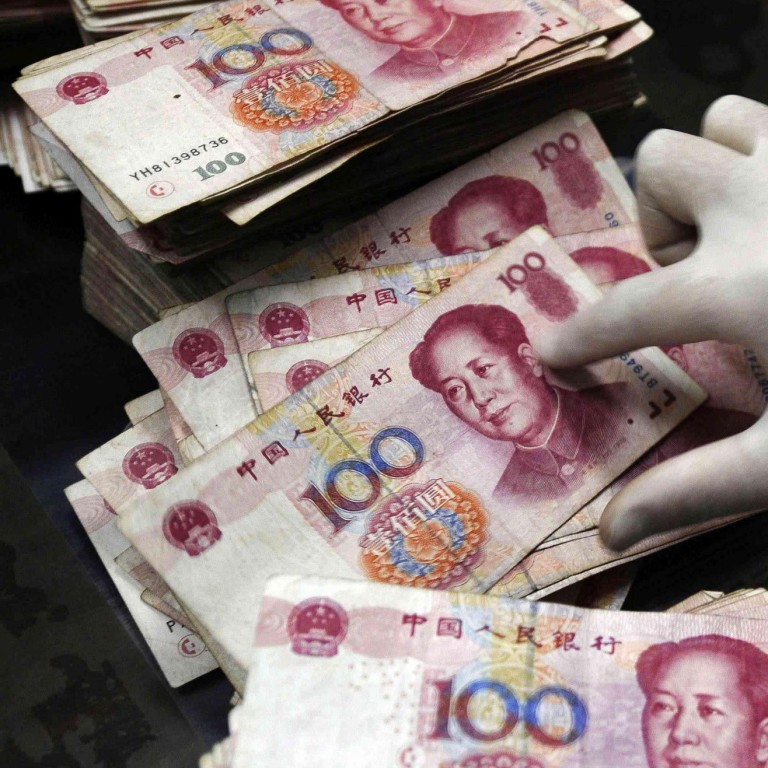
CSOP fund seeks higher yuan quota to satisfy global demand
London -listed ETF, popular among European investors, seen as a milestone in Beijing's efforts to promote the currency
CSOP Asset Management, the biggest renminbi qualified foreign institutional investor, is applying for a higher yuan quota to tap growing global demand for Chinese assets as the authorities relax investment restrictions.
The Hong Kong-based asset manager has submitted an application to mainland authorities to allow more investors to subscribe to its newly listed exchange traded fund, the CSOP FTSE China A50 UCITS ETF.
The fund, which tracks the performance of A shares, was heavily subscribed to in London this month, said Ding Chen, CSOP chief executive, without disclosing the size of the additional quota being sought.
On Friday, the asset manager was granted a 2 billion yuan (HK$2.56 billion) quota to launch an ETF to invest in an onshore government bond. The ETF will be listed on the Hong Kong stock exchange after the Lunar New Year.
"Almost every foreign investor has been holding an underweight position in Chinese assets. China indices have not really integrated into international benchmarks," Ding said. "That means this market's potential to grow is huge."
The company's London-listed ETF was seen as a milestone in Beijing's effort to promote internationalisation of the yuan, as the product offers European investors their first direct access to A shares.
The fund, which listed on the London Stock Exchange on January 9, was granted a quota of 1.5 billion yuan. By Friday, up to 97 per cent of the fund was subscribed.
China has granted RQFII quota totalling 157.5 billion yuan to 52 institutions so far. Under the RQFII programme, qualified foreign investors are allowed to raise funds in yuan from offshore markets. Apart from Hong Kong, Beijing last year allowed firms in London and Singapore to apply, increasing competition in the RQFII business.
CSOP has been allocated a total RQFII quota of 30.1 billion yuan by the mainland securities regulator, the biggest among its peers.
Yet, in Ding's eyes, the fund is too small to satisfy the demand she has seen after meeting investors on roadshows in France, Germany, Switzerland, Sweden, Italy and Spain. The quota was also too small to attract large institutions that had bigger placement needs, she said.
A key challenge facing the firm is the need to boost awareness among retail investors. Most of the subscribers for CSOP's new fund were institutional investors such as insurance firms and family offices in Europe. Retail placements accounted for a very small portion, she said.
Ding said the firm would focus on developing ETFs this year as they were the best "weapon" to attract foreign investors to Chinese assets, thanks to their transparency.
"If we want to promote the China [market] to the world, ETF would be the easiest way to achieve this goal," said Ding.
In particular, she highlights the potential of funds invested in the onshore bond market.
"It is a good time to invest in the onshore bond market given the appealing returns. We see a lot of smart money coming in, especially from Singapore and Taiwan, to bond funds in recent weeks," she said.
On December 31, the yield on China's five-year onshore treasury bonds was 4.48 per cent.

